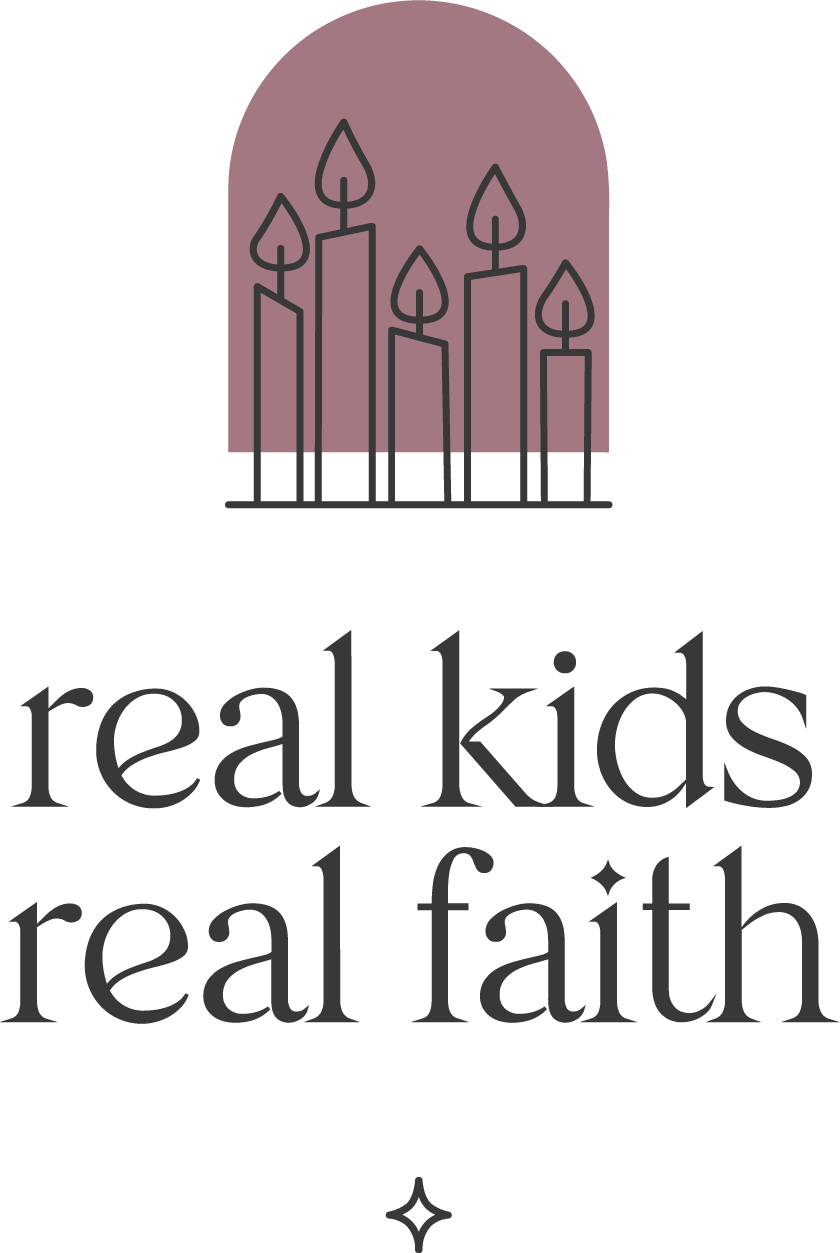Do you remember your favorite game as a child? One of mine was playing jacks. I practiced bouncing that small rubber ball and scooping up pieces for hours. I also loved riding my bike around the neighborhood with my brother and Monopoly games that went on for days during school breaks. When we tired of traditional board games, we would invent our own versions to keep ourselves amused.
Playing is synonymous with childhood, yet researchers say that the amount of time children spend in play has declined significantly since the 1960s. One study suggests that kids in the U.S. spend 25 percent less time engaged in free play than their parents did. That’s because many adults view playtime as expendable as family life has become busier and schools focus on preparing children to perform well on standardized tests.
Yet play is an important aspect of healthy development. Studies of other mammals show that play has a positive effect on physical abilities, social connection, and emotional well-being.
Children report that playing feels good and provides opportunities for them to be creative and interact with others. They like using their imaginations and getting to experiment with rules. They also enjoy testing their capabilities and learning new skills.
Various types of play have different kinds of benefits for kids. Free play, in which children decide what they will do and how they will do it, often leads to higher levels of physical activity among young children. Because it is not supervised by adults, kids feel more comfortable experimenting and taking risks.
Children also engage in pretend play, which may include elaborate imaginative scenarios. They may try out different ways of expressing themselves and interacting with peers. This type of play can help children learn to better manage their emotions. It is also associated with increased social skills and higher scores on vocabulary assessments.
Guided play combines some degree of free play, but within a framework provided by an adult. A parent, teacher, or other caregiver creates a space for exploratory play and then encourages children to engage in their own ways. Many preschool programs use this approach by providing materials and setting up stations related to a theme. They then invite children to choose which activities to try and what materials to use. Families might also encourage the development of specific skills by mixing toys and materials designed to facilitate those skills among a child’s collection of playthings.
While overlapping with other types, outdoor play gets its own category because of the particular benefits it provides. Spending time on climbing structures, running and jumping, playing kickball, and/or riding a tricycle improves large motor skills and physical health. Just being outdoors has a positive effect on mental health. That means even children who prefer more sedate forms of play, such as taking dolls for a walk in their strollers or collecting and examining rocks and leaves, benefit from outdoor playtime.
Related Resources
- Let Children Play - John Templeton Foundation
- Resurrecting Free Play in Young Children | Pediatrics
- Developmental Benefits of Play for Children: Journal of Leisure Research
- Pediatrician prescriptions for outdoor physical activity among children: A pilot study - PMC.
- What do children have to say about play?
- Children speaking about the importance of play
- The Importance of Play | RKRF
- Guided Play | RKRF

Comments